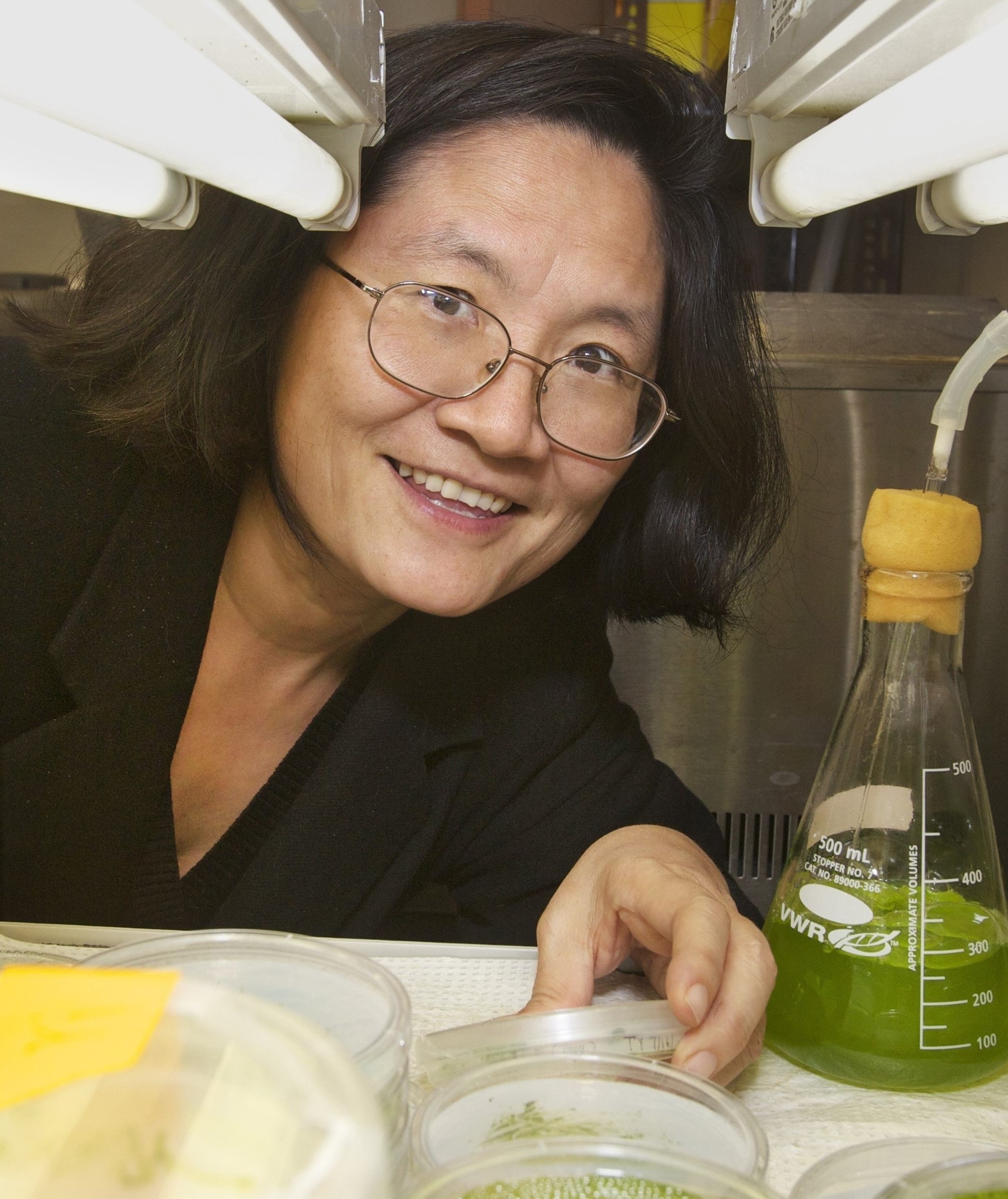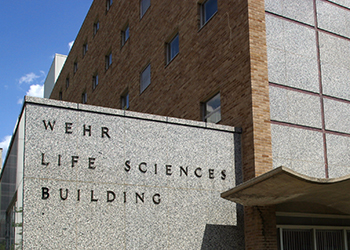Professor
Control of flagellar motility
Education
B.S., 1986, National Taiwan University, Taipei
M.S., 1988, Purdue University, West Lafayette, IN
Ph.D., 1993, Case Western Reserve University, Cleveland, OH
Postdoctoral Fellow, 1994-2001, Emory University, Atlanta, GA
Research Interests
Molecular mechanisms in cilia and flagella
The long-term goal of my laboratory is to elucidate the molecular mechanisms in cilia and flagella. Eukaryotic cells utilize these similar elongated organelles to detect the extracellular signals. They also use them to propel the surrounding fluid or to swim in the aqueous environment. These dual sensory and motile devices are crucial for the development as well as the normal functions of vital organs. Defects in the generation or either functions of these organelles will result in mystifying congenital disorders and life-threatening diseases that are collectively referred as ciliopathy. However, the generation and the functions of these organelles prove to be extraordinarily sophisticated. Elucidation of the key mechanisms will help to understand and treat ciliopathy and to reveal the molecular interactions that are pertinent to other cellular processes.
To elucidate the central mechanisms, this lab has been investigating a key structure, the radial spoke, in the highly conserved 9+2 axonemal beating machine in flagella. We use Chlamydomonas, a biflagellate green alga that is amenable to various experimental approaches necessary for elucidating the complicated machinery. Thousands of dynein motors on the 9 outer doublets take turn to power the movement whereas the radial spoke coordinates the activation of the motors. Defects in the radial spoke will result in paralyzed or twitching flagella. Accumulated evidence from this lab and the researchers in this field has shown that this structure mechanically and chemically regulates motor-driven microtubule sliding so that the flagella not only beat rhythmically but also can change when encountering stimuli. The calcium-sensing modules in the radial spoke may modulate its own physical property to accommodate the global changes in the axoneme.
In addition, studies of the radial spoke also revealed remarkable processes that take places at two different stages for the generation of the entire axoneme. The core spoke proteins are partially assembled in the cell body and the prepackaged spoke precursors are transported into the flagellar compartment for the final assembly. At the tip of the flagella, multiple chaperones drastically transform the conformation of the RS precursors, leading to the phosphorylation and targeting of the RS onto the tip of the axoneme at precise positions relative to other axonemal complexes. Importantly, these various subunits are anchored to a scaffold spoke protein using a universal anchoring mechanism that is also present in disparate molecular complexes that mediates myriads of cellular processes, such as targeting of cAMP-dependent protein kinase, vesicle trafficking and assembly of chromosome modification complexes. The current focus is to investigate the diverged application of the basic molecular modules discovered in the radial spoke and to engineer tools for broad applications.
Honors and Awards
Way Klingler Young Scholars Award (2005)
Students
Dr. Yang is not currently accepting new Ph.D. students into her lab
Former Students
Brandon Wills (M.S.)





